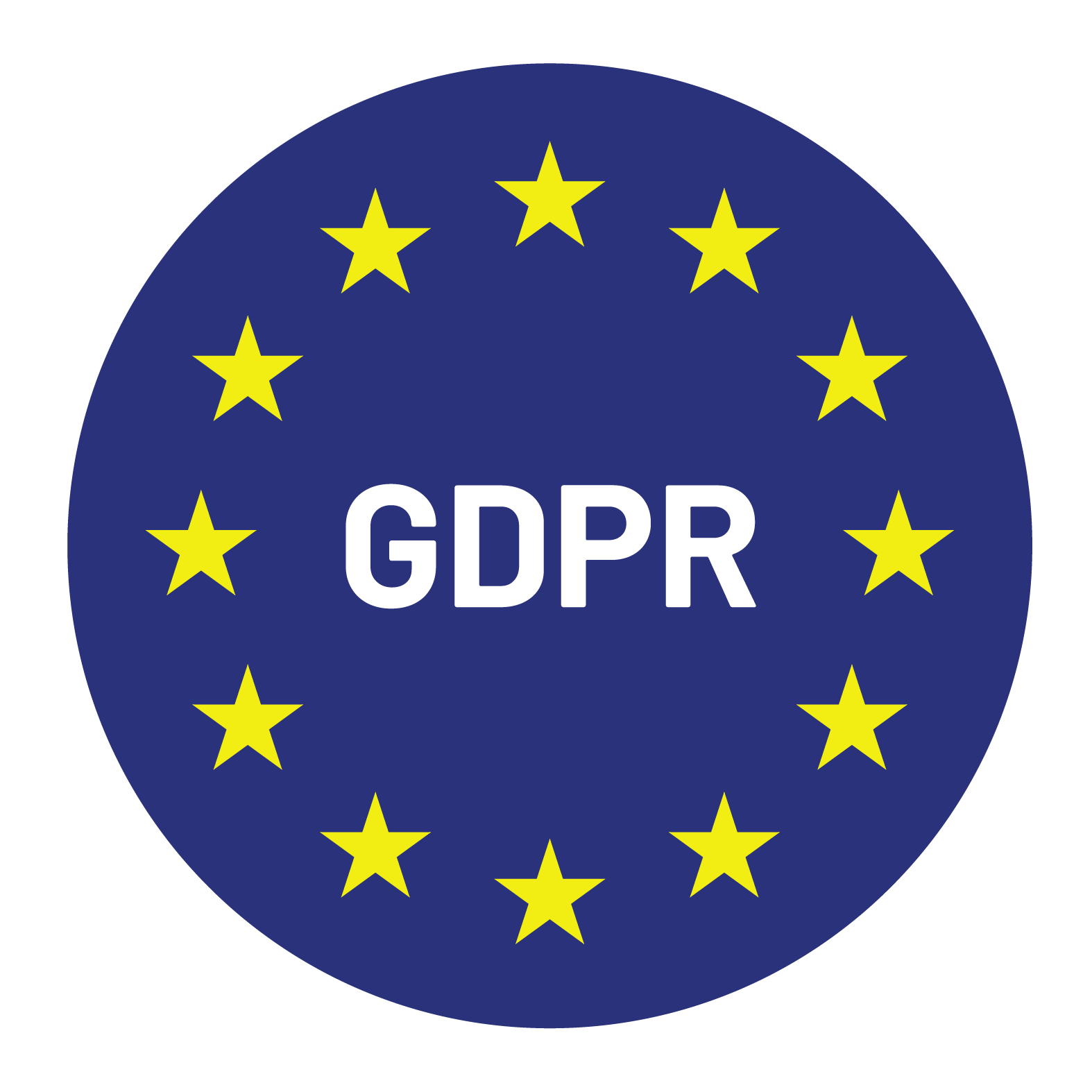

Content Writer for Whistle with multidisciplinary experience spanning over a decade.
Some sales conversations stay with you. Not because of what was sold, but because of how it felt — like someone genuinely understood what mattered. And then there are the others. Robotic. One-sided. Forgettable.
The difference? Engagement.
Engagement in sales isn’t just a soft skill or a nice-to-have. It’s the difference between building trust and losing interest before the first follow-up. Below, we explore what it takes to connect with prospects and customers in a way that’s thoughtful, personal, and effective. It’s not about performing. It’s about understanding how to hold someone’s attention, ask the right questions, and say the things that move a conversation forward.
And yes, it’s an art — but one you can learn.
Sales teams spend weeks crafting messaging, training reps, and refining outreach strategies. But all of that falls apart if the person on the other side doesn’t feel heard or understood. Poor engagement has a cost, and it shows up fast.
Disengaged prospects don’t believe you understand their needs. And when trust slips, so does the likelihood of any real conversation. Engagement in sales builds credibility through intent, curiosity, and follow-through.
Every missed cue or rushed pitch chips away at the chance to move a deal forward. Prospects who feel unheard are far more likely to ghost. When engagement is missing, conversion rates drop.
Disjointed communication adds friction. Questions get repeated. Stakeholders get confused. And what could have been a short sales process drags on for weeks. Engagement brings clarity and momentum.
Engagement isn’t just for the pre-sale. Customers remember how they were treated, and how much you stayed in touch. A lack of engagement after the contract leads to churn, missed upsells, and fewer referrals.
The real loss is opportunity. Sales teams that fail to engage well don’t just lose deals. They lose context, insight, and reputation.
Engagement isn’t about charisma. It’s a skill set. One that blends preparation with people skills, and curiosity with relevance.
Every conversation should start with a clear sense of who you’re talking to and why they might care. That means going beyond basic demographics. Sales reps who know their ideal customer profile — and take time to research each prospect — are better equipped to speak to what matters.
Engagement in sales starts with relevance. If your first message could be sent to twenty other people, it’s probably not ready yet.
Prospects can tell when they’re being talked at instead of talked with. They can also tell when a rep is more interested in their own script than in the answers being given.
Good sales communication depends on active listening. That means tuning in to tone and body language. It means asking better questions and acknowledging what’s said before moving on to your next point. Empathy isn’t a soft skill — it’s a signal that you’re paying attention.
Nothing kills engagement faster than a pitch that feels like it was copy-pasted from a template. Personalization is about more than adding a first name to an email. It’s about speaking to real needs, using specific details, and showing that you’ve done your homework.
Value comes from context. A message that’s relevant to one customer might be meaningless to another. Engagement in sales depends on knowing which is which.
People don’t remember data points. They remember stories. Good storytelling isn’t about theatrics. It’s about showing real examples of how a problem got solved, or how a team succeeded — with just enough detail to make it feel tangible.
And it’s not just about the company. The most effective sellers build connection through shared experiences and natural conversation. Rapport can’t be forced, but it can be earned.
You don’t win points for speaking in jargon or making your pitch sound complex. Good sales engagement relies on clarity. Say what you mean. Know when to pause. Be confident without being pushy.
Your tone matters too. Being overly casual or overly formal can both backfire. Find the balance that feels like a real person having a useful conversation.
Engagement in sales comes alive when reps ask questions they genuinely care about. Not just qualification checkboxes, but open-ended questions that explore why the prospect is considering change — and what’s motivating them.
Curiosity isn’t just for discovery calls. It should carry through every stage of the conversation. A rep who’s asking thoughtful follow-up questions is a rep who’s listening.
The fastest way to lose trust is to disappear after the first call. Engagement means being consistent and timely. It means following up with value, not just to “check in.”
When a prospect knows you’re paying attention and staying in touch, they’re more likely to stay engaged. It signals that you’re dependable and invested in the outcome.
Engagement doesn’t start with the discovery call. It starts earlier, and it lasts long after the deal is signed.
Cold outreach should never feel cold. Mention something relevant. Reference a recent update. Ask a smart question. The goal is to get someone to respond not out of obligation, but because you’ve said something worth their time.
This is where most reps talk too much. Focus on listening. Ask fewer questions that lead to better answers. Don’t jump to solutions too early. Prospects feel engaged when they feel heard.
Tailor your demo. Don’t walk through every feature. Show what matters most based on what you’ve already learned. And check in along the way. Ask if you’re hitting the mark.
This isn’t the moment to turn into a closer. It’s the moment to summarize clearly, address concerns honestly, and show that you’re committed to a good fit. Be direct without being aggressive.
Sales doesn’t end at signature. Engaged customers are far more likely to renew, expand, and refer. Stay in touch. Share useful content. Ask how things are going. Keep earning their trust.
Technology should enhance human connection, not replace it. Tools like CRMs and personalization platforms make it easier to scale outreach and track interactions. But when used carelessly, they can lead to lazy automation and generic messaging.
Sales engagement software should support clarity and consistency. The moment it starts doing the talking for you, engagement suffers.
The best sales reps use technology to stay organized and informed — not to avoid doing the real work of building relationships.
Engaged prospects convert faster and more often. Engaged customers stay longer and spend more. Teams that prioritize engagement build a reputation for trust, clarity, and outcomes.
And that reputation pays off. Not just in quota, but in long-term relationships and sustainable growth.
Engagement in sales isn’t about tactics. It’s about how you show up. It’s how you speak, listen, respond, and follow through. Mastering that art means your conversations become more than transactions. They become meaningful, trusted, and worth remembering.
If your sales team is ready to build stronger relationships and turn more conversations into committed customers, Whistle can help. Our approach focuses on the fundamentals that drive performance, and engagement is at the heart of it. Get in touch to see how we can help your team connect more effectively and close with confidence.


© Copyright – Whistle 2023